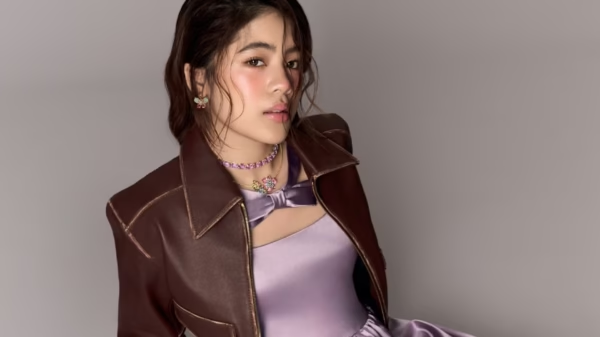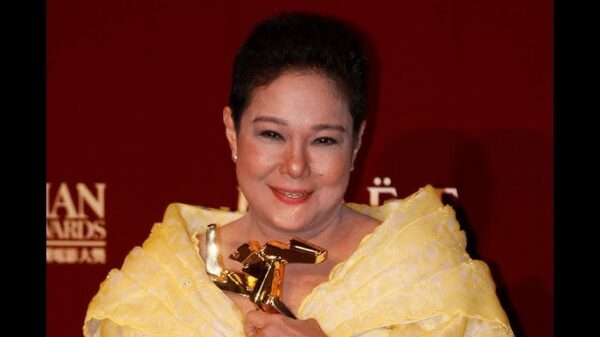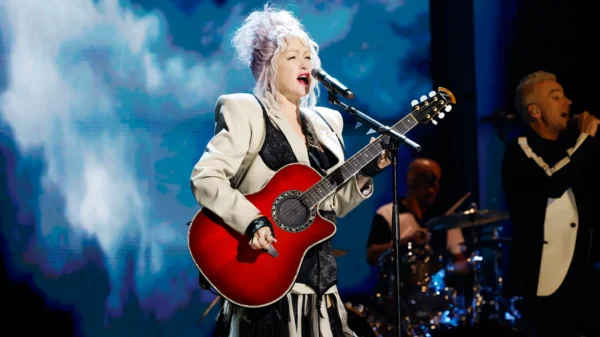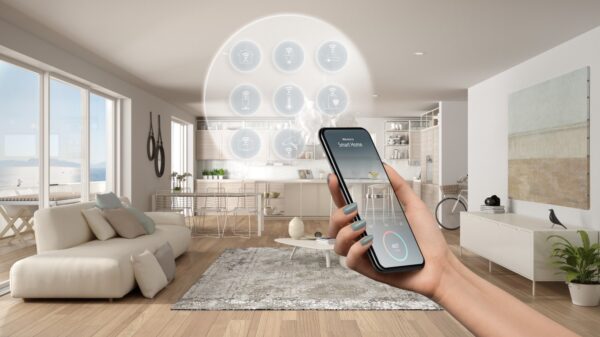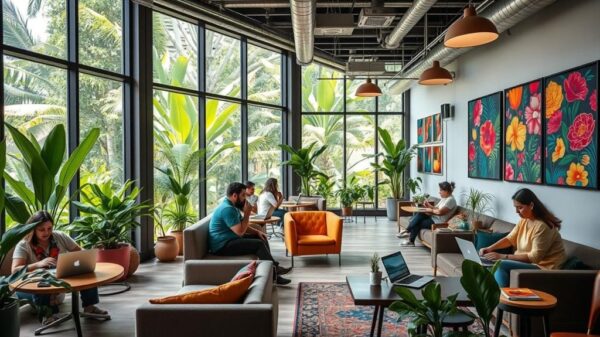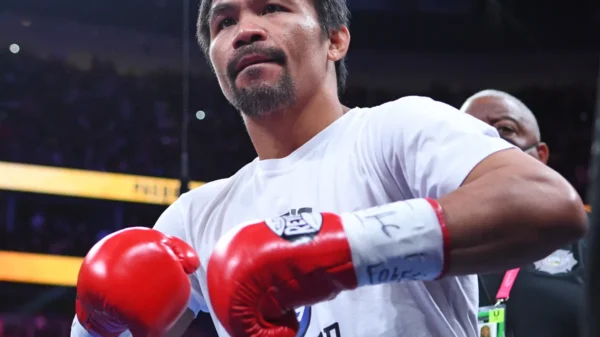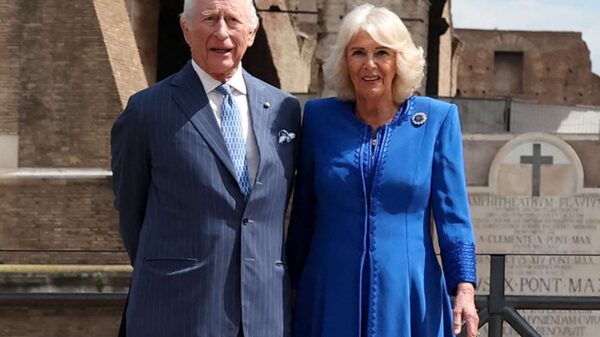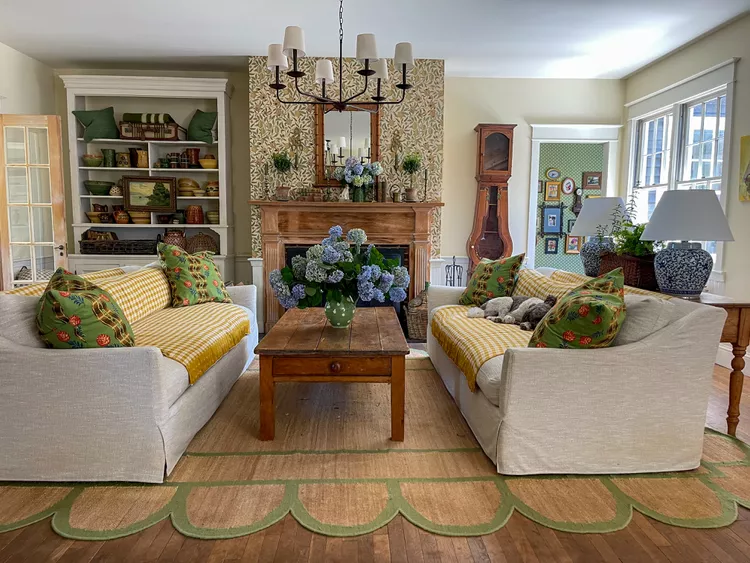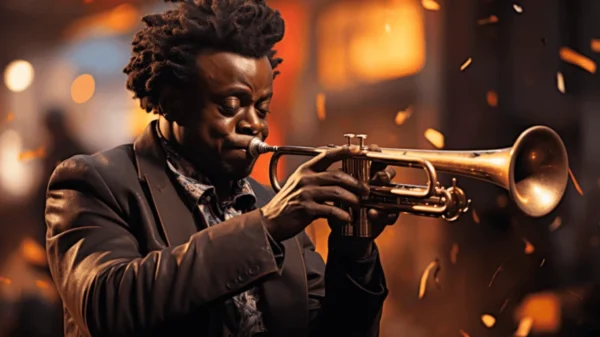The ’90s Are Back: A Home Decor Revival in 2025
In a surprising yet warmly welcomed return, the aesthetics of the 1990s are once again making their mark—this time in interior design. The ‘90s decor revival is sweeping homes in 2025, bringing a blend of nostalgia and modern reinterpretation that has captivated homeowners and designers alike.
Floral and Gingham Prints Return to the Spotlight
One of the most noticeable trends from the ‘90s making a stylish comeback is the use of floral and gingham prints. These patterns, once associated with cozy kitchens and casual living rooms, are now reimagined with bolder color palettes and oversized formats. Whether on curtains, upholstery, or wallpaper, these prints inject a sense of warmth and familiarity while complementing contemporary interiors.
Vintage Oak Furnishings Regain Popularity
The heavy, honey-toned oak furniture of the 1990s has emerged from the shadows of mid-century modern minimalism. Today’s designers are giving vintage oak a fresh update—pairing traditional pieces with clean-lined sofas or minimalist lighting. Buffets, armoires, and coffee tables from the era are being salvaged, refinished, or styled alongside modern accents for a look that feels timeless rather than dated.
Warm Beige Makes a Soft Comeback
In color trends, beige has made a notable return. While previous years favored cool grays and stark whites, 2025 sees the warmth of beige embraced in paint colors, fabric selections, and flooring. This shift reflects a broader movement toward comfort and earthiness in design, with beige offering a soft, versatile foundation for layering textures and other retro-inspired tones.
Butter Yellow and Dusty Blue Dominate Accent Palettes
Adding to the revival is the color pairing of butter yellow and dusty blue—a nod to popular palettes of the late ‘90s. These soft hues work well in bedrooms, kitchens, and bathrooms, offering a calm, lived-in vibe. They also bridge the gap between retro charm and modern minimalism, making them a popular choice among homeowners looking for balance in their decor.
Checkerboard Patterns Add a Playful Touch
Another standout element of the ‘90s decor resurgence is the checkerboard pattern. Often seen in tiled floors, area rugs, and accent walls, this bold graphic design injects playfulness and rhythm into interiors. In 2025, it’s appearing in more muted tones—like sage green and terracotta—making it more adaptable to modern color schemes while still offering retro appeal.
Stainless Steel Finishes Reclaim Their Place
Though previously overshadowed by brushed brass and matte black, stainless steel has regained its status in kitchens and bathrooms. The sleek, durable material was a hallmark of ‘90s appliances and fixtures. Today, it’s being celebrated once again for its clean look and reflective quality, especially when paired with warm woods and colorful tiles.
Blending Nostalgia With Contemporary Sensibilities
What makes this revival so distinct is its reinterpretation of the past through a modern lens. Designers aren’t simply copying the ‘90s—they’re elevating it. By mixing vintage patterns and textures with contemporary shapes, open layouts, and sustainable materials, the look is nostalgic yet fresh. This fusion speaks to a generation that cherishes the comforts of their upbringing but wants homes to reflect present-day values.
Secondhand and Thrifted Finds Fuel the Trend
Driving the ‘90s decor movement is a growing interest in sustainability and secondhand shopping. Many homeowners are sourcing authentic pieces from thrift stores, estate sales, or online marketplaces. From retro entertainment centers to gingham slipcovers, secondhand finds are being repurposed to create cohesive, eco-friendly interiors that pay homage to the past without waste.
Comfort-Driven Layouts Reflect a Slower Lifestyle
The spatial organization of rooms is also experiencing a throwback. The ‘90s prioritized comfortable, multifunctional family spaces—a concept that resonates strongly in 2025 as remote work and hybrid lifestyles persist. Overstuffed sofas, recliners, and cozy reading nooks are making a comeback, emphasizing comfort over formality and encouraging slower living at home.
Technology Integration With a Retro Feel
Even in our tech-heavy world, the ‘90s decor trend has found a way to coexist. Modern tech is being integrated into retro-inspired spaces with care—think wall-mounted smart TVs housed in vintage-inspired cabinetry or smart lighting systems set within traditional sconces. This balance preserves the aesthetic while supporting modern convenience.
Open Shelving and Curated Displays Highlight Character
Open shelving—once a staple of ‘90s kitchens and living rooms—is back with a curated twist. Today, shelves are styled with nostalgic memorabilia, potted plants, glassware, and books that reflect personal taste. The trend celebrates individuality and storytelling through home design, a concept deeply rooted in ‘90s culture.
Designers Embrace ‘Sentimental Styling’
Industry experts are referring to this wave as a form of “sentimental styling,” where emotional connection takes precedence over trendiness. Homeowners are creating spaces that feel lived-in, layered, and personal. The return of photo albums, hand-me-down decor, and familiar patterns brings emotional comfort that sterile minimalism often lacks.
The ‘90s Go Global
Interestingly, this revival isn’t confined to the U.S. Across Europe and Asia, interior trends are also echoing the global appeal of ‘90s aesthetics, blending them with regional influences. Scandinavian homes are pairing retro florals with natural wood and clean lines, while Japanese interiors integrate warm tones and low-profile vintage furniture with Zen-like minimalism.
Conclusion: A Trend That Balances Past and Present
As the ‘90s decor revival continues to grow, it’s clear that this isn’t just a fleeting trend. It reflects a desire for familiarity, warmth, and personality in design. Whether through oak furniture, checkerboard tiles, or cozy color palettes, this aesthetic offers a comforting return to form—reminding us that good design often begins with a good memory.


